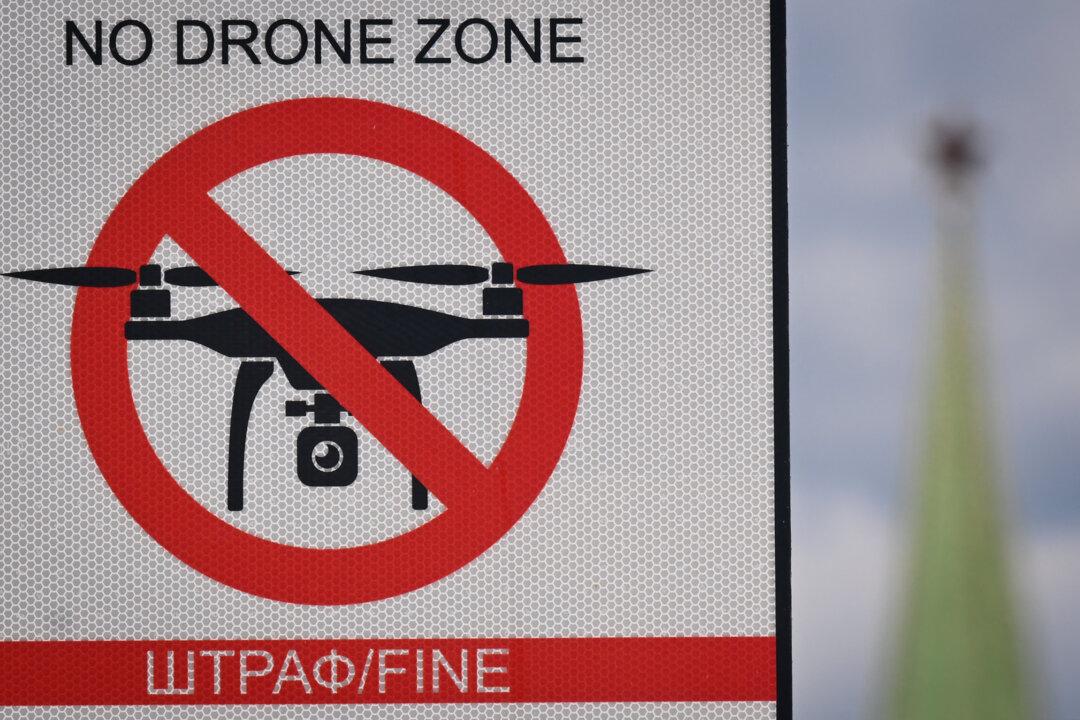KYIV, Ukraine—One year ago I was in Mariupol, Ukraine, when the first cease-fire was signed on Sept. 5, 2014.
Late that afternoon I visited the still smoldering battlefields outside the city. There had been a battle that day and the day prior, involving tanks and artillery. The aftermath was tragic. Many soldiers still lay dead where they had fallen in battle, frozen in the moment and the motion of their deaths.
During the fighting, the sounds of the cannons had rattled windows in central Mariupol. The people of the city weren’t yet used to the sounds of heavy weapons as they are today, and they wore their fears on their faces. I remember, in particular, eating lunch at a seaside café when the sounds of explosions first started. The young man sitting across from me, who was sipping on a beer and eating a salad, looked up from his meal and into my eyes.





